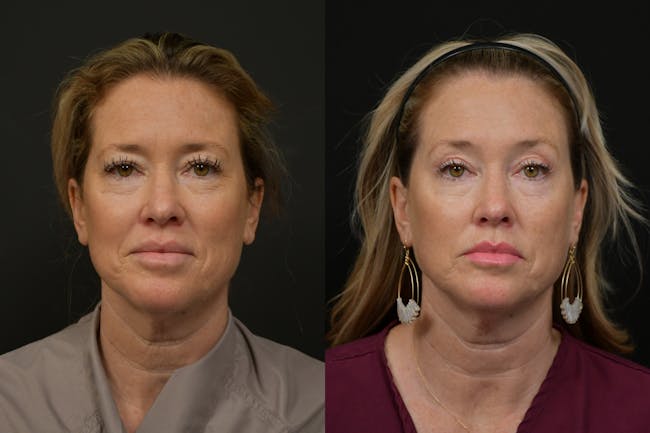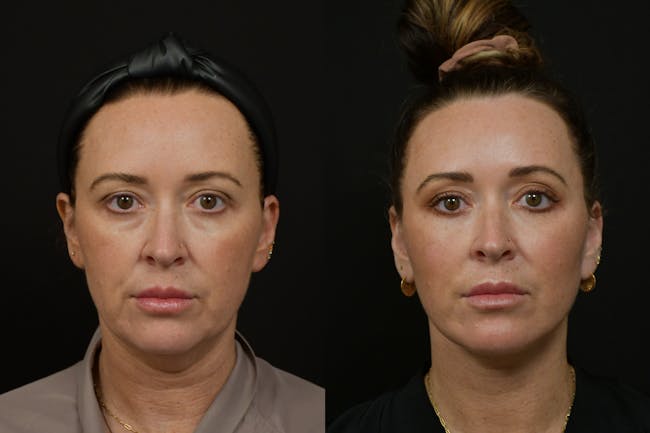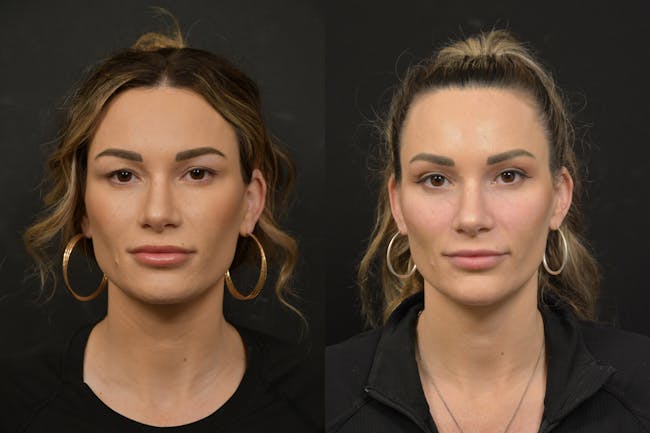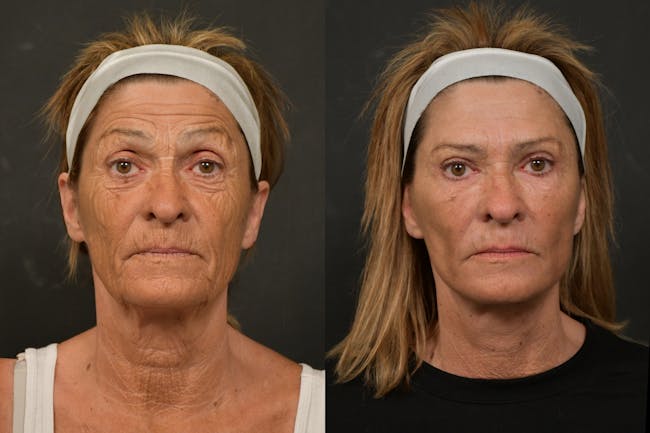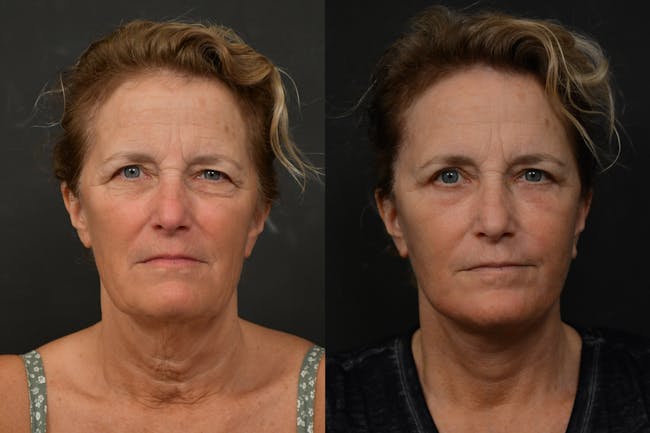Welcome to Changes Plastic Surgery & Spa, where timeless beauty meets expert surgical precision. Our blepharoplasty in San Diego is a transformative procedure that refreshes and enhances the natural beauty of your eyes, restoring a youthful, vibrant appearance.
Considering Blepharoplasty? You’re Not Alone
Our eyes are the focal point of beauty, expressing thoughts and emotions with a single glance. However, the delicate skin around the eyes is often the first to show signs of aging, stress, and fatigue. Many of our patients notice early aging in this area, including:
- Wrinkles
- Drooping upper lids
- Excess skin
- Under-eye bags
- And more
As these signs become more pronounced, they can diminish the overall radiance of your face. While these concerns are common, the solution can be straightforward with the expert care of your Changes plastic surgeon.


